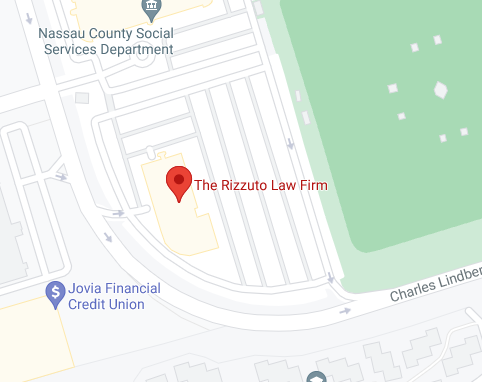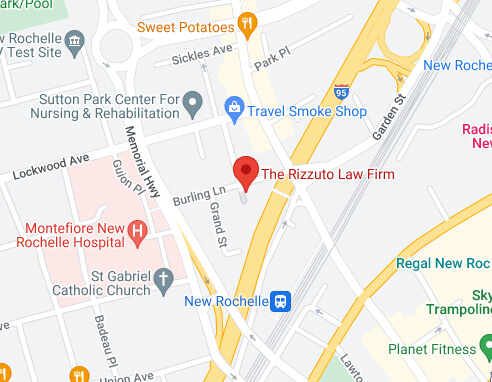What Constitutes Medical Malpractice?
Medical malpractice is one area of the vast field of personal injury. The New York State Bar Association defines it this way:
“Medical malpractice (or medical negligence) occurs when a doctor, health care professional, hospital or other health care facility fails to care for someone in accordance with the accepted standards of the medical profession and the person is injured, becomes ill or a condition or illness worsens as a result.”
Examples of this include misdiagnoses, prescribing the wrong or incorrect dose of medication, leaving surgical instruments in the body during surgery, or failure to monitor after a diagnosis (such as with a heart attack or stroke).
What Does it Take to Prove Medical Malpractice in New York?
There are four primary elements in a medical malpractice case in New York. All four elements must be proven for the case to succeed.
- Doctor-patient relationship. This is defined as a patient knowingly and willingly seeking out specific medical professionals and organizations to pursue treatment, and those professionals and organizations knowingly and willingly accepting the patient for treatment. Under that framework, the professional or organization becomes responsible for the patient’s well-being. This is usually easy to prove because of related medical records.
- Negligence occurred. This can be the most important–and often most difficult–aspect of proving malpractice. The care provided to the patient should adhere to what’s considered the standard of care. That means the treatment provided to the patient is similar to what’s considered a reasonable measure by any reasonable medical professional or facility.
- The negligence led to injury or death. Because of the negligence proven in the prior aspect, the patient was injured or died and would likely not have suffered either if the negligence hadn’t occurred.
- The injury led to damages. These can be both economic and non-economic.
- Economic damages. These are expenses that are quantifiable and include out-of-pocket medical bills and loss of wages or future earning capacity.
- Non-economic damages. The patient suffered emotional trauma, pain and suffering, physical disfigurement, or permanent injury or disability.
- The above applies to the patient who directly suffered the medical malpractice. If the patient died, the surviving family members can sue for wrongful death and receive damages to cover funeral and burial costs, loss of future income and benefits (health care, etc.), any outstanding medical bills, pain and suffering, and loss of consortium (marital bonds, companionship, parenting, etc.).
It’s worth noting again that for a medical malpractice suit to be successful, all four of these conditions must be proven. This is why it’s crucial to work with an experienced medical malpractice attorney who help you learn if your case meets the negligence proof threshold.
New York doesn’t set a cap on the financial damages the victim or the family can claim, unilke many other states. v
Is There a Statute of Limitations on Filing for Medical Malpractice Damages?
A statute of limitations is a legal time frame in which a victim or the victim’s surviving family has in which to file for damages. If they don’t file within that time, it’s entirely likely the case will go nowhere. The attorney for the medical group accused of malpractice would be quick to point out that the statute of limitations had elapsed, and the case could be dismissed with no further avenues to pursue.
In New York, the law states that to file for medical malpractice claims, the statute of limitations is 2 ½ years (two years and six months, or 30 months total) from the time of the incident or omission, or the last treatment when there was a continuous set of treatments.
There are some exceptions to this.
- Minors. If the affected patient was under 18 at the time of the incident or treatment, the statute of limitations is extended until they turn 18, as long as that doesn’t take more than 10 years from the malpractice.
- Wrongful death. Wrongful death occurs when medical malpractice causes the patient to die. That doesn’t always happen immediately. Surviving family members must file wrongful death claims within two years of the date of death.
- Negligent cancer diagnosis. If a cancer or tumor diagnosis is incorrect or fails to diagnose at all, the victim has 30 months from when they realized or should have realized the diagnosis was faulty or from the date of the final treatment.
- Foreign body. When a foreign body isn’t removed from a human body during surgery, the patient has one year from the time the foreign body was discovered or facts appeared that should have made it apparent, whichever comes first.
What Should I Do if I Believe I’m the Victim of Medical Malpractice in New York?
Call the Rizzuto Law Firm as soon as possible at 516-622-0606 for a free case evaluation. These are highly complicated cases that could benefit from working with us. Our team of experienced medical malpractice attorneys understand that malpractice cases often need expert testimony that could involve multiple medical practitioners or subject matter experts. Each case is unique, with no one-size-fits-all approach. We can go through the specifics of yours to devise a recommended approach.
One thing you shouldn’t do: Talk with the insurance representatives or lawyers for the medical professional or organization you’re filing claims against. They could try to get you to say something exonerating the medical professional, or they might encourage you to sign a settlement agreement for a far lower amount of money than you might be eligible for. Don’t respond to requests for communications. Instead, forward them to your attorney.









